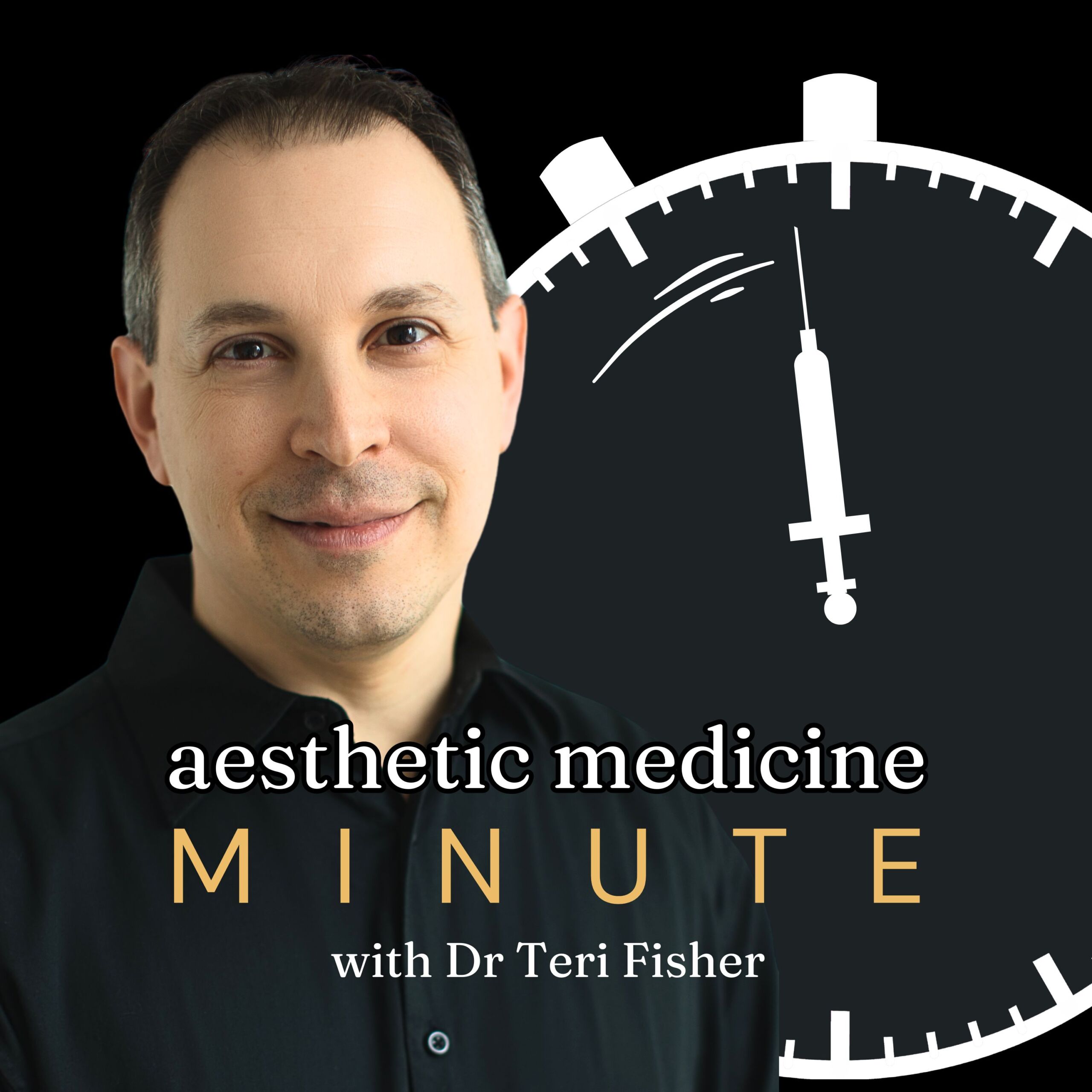
AMM 325: Ultrasound Insights on Nasolabial Folds
January 14, 2025
This episode delves into a study from Thailand on nasolabial folds, conducted by Mae Fah Luang University’s School of Anti-aging and Regenerative Medicine. Listeners will learn about the use of high-frequency ultrasound to examine the variability of nasolabial structures, including skin, subcutaneous tissue, and SMAS, among Thai individuals. The study highlights differences in skin thickness and the position of arteries between those with and without dermal fillers, influenced by factors such as age, weight, and time since the last filler. The findings demonstrate the potential of ultrasound to improve safety by providing detailed visualization of nasolabial structures in clinical settings.
Quick Takes
- Researchers at Mae Fah Luang University’s School of Anti-aging and Regenerative Medicine conducted a study on nasolabial folds in Thai subjects using high-frequency ultrasound.
- The study showed slight differences in skin thickness between individuals who have received dermal fillers and those who haven’t, with factors like age, weight, and time since the last filler injection influencing these variations.
- The research emphasized the potential of high-frequency ultrasound to improve safety in clinical practice by enabling practitioners to visualize nasolabial structures and arteries more accurately.
Episode Transcript
Today, on January 14, 2025, we’re taking a closer look at a fascinating study on nasolabial folds conducted in Thailand. Researchers at Mae Fah Luang University’s School of Anti-aging and Regenerative Medicine, including Sorachana Thea and Tawee Saiwichai, have utilized high-frequency ultrasound to explore the variability of nasolabial vessels and the basic structures of the area, such as skin, subcutaneous tissue, and SMAS, in Thai subjects.
Their key findings reveal slight differences in skin thickness between individuals who have received dermal fillers and those who haven’t. Interestingly, factors like age, weight, and the time span since the last filler injection seem to influence these variations. Additionally, they observed differences in the position of arteries at specific points in the nasolabial fold region among the same population. This study underscores the potential of high-frequency ultrasound to enhance safety in clinical practice by helping practitioners visualize the nasolabial structures and arteries in greater detail.
Speaking of further learning, I have a special invitation for you. Please join me for the Canadian Aesthetics Congress in Vancouver from February 28th to March 2nd, 2025! This is your chance to connect with leaders in aesthetic medicine. And you can get $375 off the registration by using my special code, DRFISHER-CBAM, at checkout. Don’t miss this incredible opportunity and I’ll see you there!
That wraps up today’s update. Until next time, take care!
